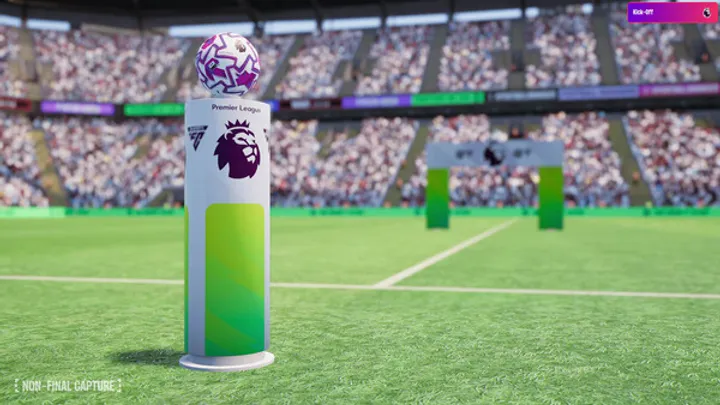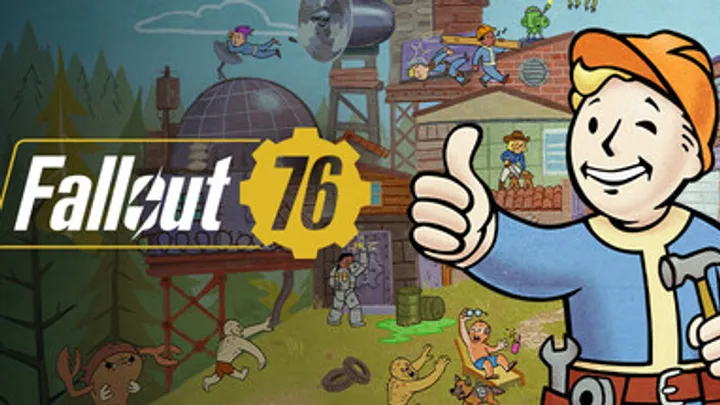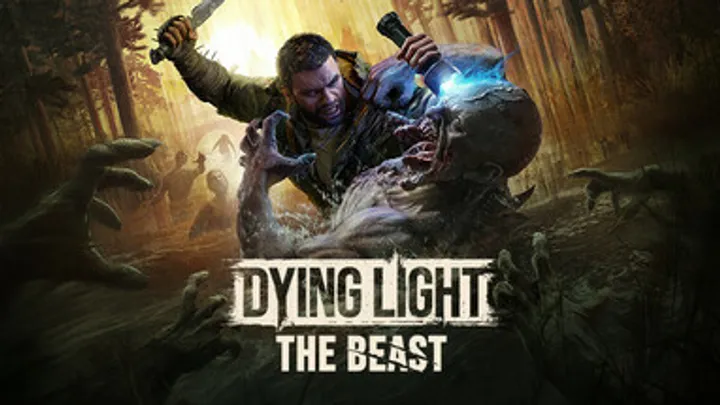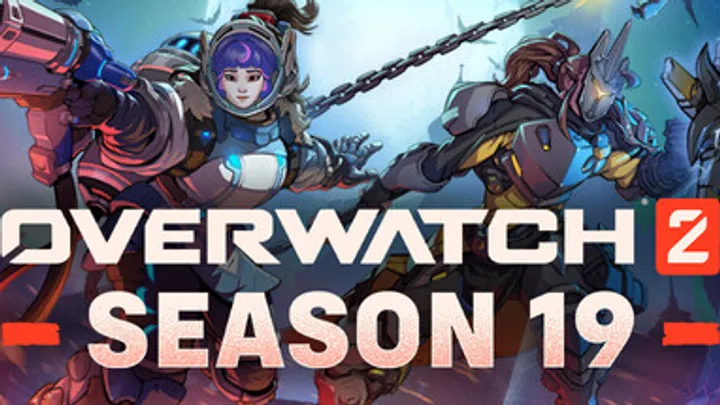Street Fighter™ 6 is the latest entry in the legendary fighting game franchise, offering fast-paced combat, diverse characters, and deep mechanics. Success requires understanding movement, combos, special moves, and match-up strategies. This guide will teach you how to dominate casual and competitive play, from beginners to advanced players.
Understanding the Characters
Each fighter has a unique playstyle, strengths, and weaknesses.
Key Tips:
- Ryu & Ken: Balanced and beginner-friendly; focus on fundamentals.
- Chun-Li: Speedy with strong pressure tools.
- Luke: Aggressive with heavy damage output.
- New Characters: Explore abilities in practice mode to understand timing and combos.
Strategy: Learn a primary character thoroughly before branching out to others.
Mastering Movement and Spacing
Movement is essential for controlling the fight.
Tips:
- Use dashes, walks, and jumps to manage spacing.
- Anti-air moves prevent opponents from jumping in.
- Backdashing and neutral game control create openings for combos.
Advanced: Combining movement with feints and baiting can trick opponents into mistakes.

Basic Combos and Inputs
Street Fighter™ 6 introduces new mechanics for combo execution.
Tips:
- Start with simple light-to-medium combos before attempting advanced sequences.
- Chain normals into special moves for maximum damage.
- Practice timing in training mode to perfect execution.
Example: Light punch → medium punch → heavy kick → special move.
Special Moves and V-Trigger Systems
Special moves and drive systems define each fighter’s style.
Tips:
- Learn each character’s special move inputs and follow-up possibilities.
- Use EX or powered-up versions strategically for damage or pressure.
- V-Trigger / Drive moves can turn the tide; don’t waste them.
Strategy: Combine specials with combos and spacing for optimal effect.
Defensive Techniques
Defense is as important as offense.
Tips:
- Blocking: High and low blocks against different attacks.
- Countering: Use reversals after blocking or baiting attacks.
- Evade: Dashes and jumps avoid unsafe moves.
Advanced: Perfect blocks or parries reward timing and can create punishing opportunities.

Understanding Matchups
Every character matchup requires different strategies.
Tips:
- Learn opponent’s strengths and weaknesses through practice matches.
- Adjust your approach: aggressive, defensive, or zoning depending on the opponent.
- Study common combos and setups for top-tier characters.
Strategy: Watching competitive play and frame data helps anticipate attacks.
Online Play and Ranking Systems
Street Fighter™ 6 offers ranked online play with matchmaking.
Tips:
- Start in casual mode to build skill before jumping into ranked.
- Observe win/loss patterns to improve weaknesses.
- Avoid repeating predictable attacks to prevent counters.
Advanced: Record replays to analyze mistakes and refine strategies.
Training Mode and Muscle Memory
Training mode is essential for skill improvement.
Tips:
- Spend time practicing combos, anti-airs, and punishes.
- Experiment with inputs under different scenarios.
- Focus on consistency before creativity.
Advanced: Incorporate frame data into training to optimize combo timing.
Tournament Preparation
Competing in tournaments requires mental and technical readiness.
Tips:
- Warm up before matches with combo drills and movement exercises.
- Stay calm under pressure; avoid tilting after losses.
- Study popular tournament strategies and counters for your main character.
Strategy: Mental endurance and adaptability are as critical as technical skill.

Replayability and Mastery
Street Fighter™ 6 is a game of continuous improvement.
Tips:
- Rotate through multiple characters to understand playstyles.
- Keep practicing fundamentals and advanced mechanics.
- Analyze professional matches to learn meta strategies.
Advanced: Focus on perfecting one character while gradually expanding your roster.
Conclusion
Mastering Street Fighter™ 6 requires dedication to movement, combos, special moves, and matchup knowledge. By training consistently, analyzing mistakes, and adapting strategies, you can dominate both casual and competitive matches.

















